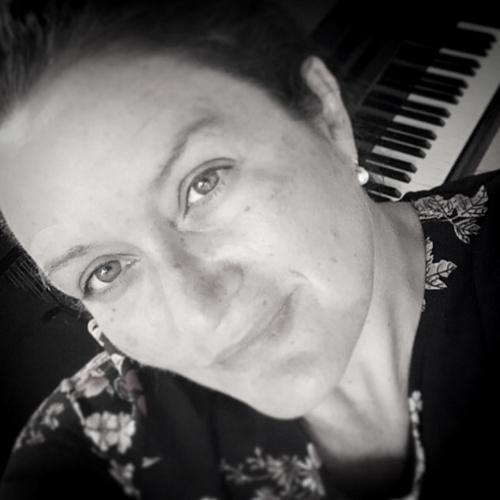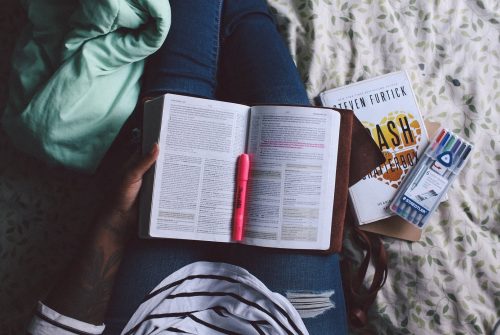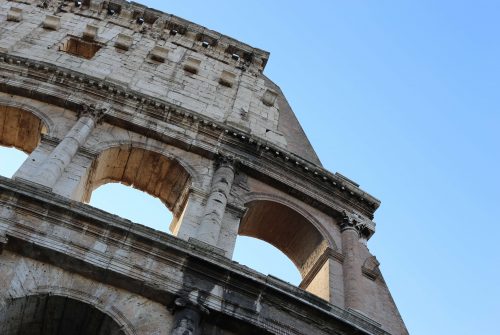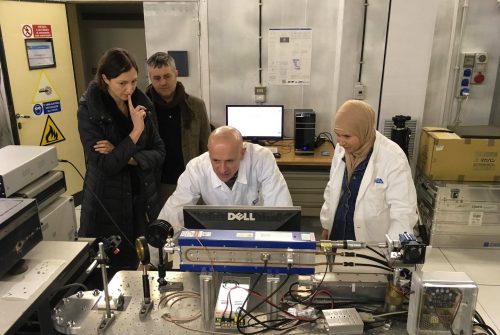The revolution in the world of restoration: bio restoration and the ecological criterion
18 April 2019 | Written by Giovanna La Vecchia
Even pollution damages our historical and cultural heritage: the new project for recovery, maintenance, conservation and sustainable restoration comes to the rescue

Italy has a unique cultural and artistic heritage in the world and, not surprisingly, our country holds the primacy of UNESCO sites. This heritage, however, undergoes a slow and constant deterioration, also due to pollution, which results in structural failures and damage. This process is part of the material transformation cycle and is managed by physical, biological and chemical factors specific to each monument.
Some microorganisms, however, are able to start virtuous processes with the result of bio consolidating the work without damaging the environment. Their natural activity produces substances that are chemically and structurally compatible with carbonate stones, giving resistance and consistency to the substrate to restore.
The Project “Product and process innovation for sustainable and planned maintenance, conservation and restoration of cultural heritage”, is an initiative funded by MIUR with the aim of developing innovative bio-remediation techniques based on of natural organic biocides, obtained from antagonist microorganisms activated in response to other microorganisms, responsible for the deterioration of monuments. Furthermore, the project envisages the use, as a Bio-mineralization system, of autochthonous colonizing microorganisms capable of inducing the precipitation of carbonate and, therefore, structural consolidation.
We met Laura Scrano, a researcher at the Department of European and Mediterranean Cultures, University of Basilicata.
When and where is the project born? Who manages it and takes care of it?
The project was born in 2010 as part of the International PhD Program “Crop Systems, Forestry and Environmental Sciences”.
This research has highlighted, both qualitatively and quantitatively, how climate and anthropic activity influence and, in some cases, accelerate the “decay” of stone material used for monuments and historic residences. It has emerged that some autochthonous microorganisms, natural colonizers of the stone material, have a “reconstructive” capacity, producing bio-calcite, which integrates perfectly with the colonized limestone support.
The experimentation continued, thanks to the financing by the MIUR, “Product and process innovation for a sustainable, planned maintenance, conservation and restoration of the cultural heritage”. The University of Basilicata, Ca ‘Foscari University of Venice, the University of L’Aquila and University “La Sapienza” of Rome have worked on this project with the collaboration of an industrial team that translates the discoveries of scientific research into practical application.
The objective of the project is to research and develop new types of products that are not harmful to human health, have a low environmental impact, are highly selective and low-cost for the recovery of historical-cultural assets and carry out actions to manage them.
How is the research going?
The research is still ongoing. We have defined the methodological procedure and clarified that every asset is unique and it is not possible to generalize and proceed indiscriminately with reconstructive and/or conservative treatments. Furthermore, it emerged that prior chemical-physical characterization of the support on which to intervene is necessary; subsequently, it is possible to proceed correctly with bio pulishment and bio consolidation.
Does the new method applied to lengthen the restoration time or does the intervention remain unchanged in terms of time and effort?
The times are longer but the results are better because the autochthonous bacteria normally present on the good produce bio-calcite compatible and incorporated with the substrate.
What are the changes, compared to the old intervention methodology?
The way of thinking and intervening. No more “emergency” interventions and on entire buildings/monuments. The monitoring of the asset must be constant.
Often we do cleaning operations during important visits, exhibitions or urgent structural consolidation works. The need to solve quickly leads to the use of chemical products if not abrasion techniques with sand or special powders enriched with Nano dimensioned metal oxides. Of course, the first impact is on the technician or worker who manually cleans. Bio cleaning and bio consolidation are techniques that require programming and not just short times, but the result obtained is unparalleled.
This is a real revolution, which will allow great goals for the safeguarding of works and the environment.
What will this new method allow? What are the benefits?
Punctual treatments with natural products that protect the good, the health of the operators and of us all.
In particular, the new method leads to careful planning, avoiding emergency treatments using surfactants, chelating agents and organic solvents.
Where, when and how is this research/method applicable?
We have directed our studies exclusively to stone material (monuments, historical residences) with planned and constant monitoring and maintenance plans.
Will this new methodology completely replace the previous one?
In the first period, it may be necessary to proceed in parallel with traditional and innovative methods. Our monumental heritage is immense and, for each case, we need to prepare an analysis of the costs and benefits with ten-year or twenty-year amortization plans, supported by a contemporary approach to tourism development and use of the asset.
What has changed over the years?
The awareness of the value of the patrimony possessed in terms of history, economy and tourist attractiveness as well as the knowledge of a wider space-time relationship in the interventions that from “exception” become “program” has certainly increased.
What is the approach of the new generations to restoration?
The new generations are our driving force and are very committed and interested in this activity. The MIUR, together with the Ministry of Cultural Heritage has set up, together with some universities, a single-cycle Master’s Degree Course in “Conservation and restoration of cultural heritage” (qualifying pursuant to Legislative Decree 42/04) of which to the DM 87/2009. This course, lasting five years, trains and empowers the profession of restorer of cultural heritage through a broad and structured path that combines solid cultural competences in the humanities and science with the development of manual skill and awareness of order problems ethical and deontological relating to the conservation and restoration of cultural heritage.
What is the current situation regarding asset recovery in Italy?
The cultural and monumental heritage in Italy is mostly located in the cities and is therefore subject to the damages deriving from fuel emissions as well as from deterioration due to natural agents such as wind and rain. The degradation is, therefore, a “predictable” phenomenon and constant verification of the state of preservation of the goods and the speed of deterioration is necessary, to identify and plan the conservation interventions, continuous, precise and punctual maintenance, and not fragmented interventions. The country with the highest number of cultural sites has to implement preventive rather than curative policies in order to optimize the resources available. The Ministry of Cultural Heritage, in recent years, has launched an impressive campaign aimed at consolidating, restoring and enhancing the national heritage. Unfortunately, we need more and more resources.
Therefore, this is a job to do with a team of professionals from different backgrounds…
It is a multidisciplinary work: it is not possible to work in “watertight compartments” but it is necessary to share knowledge and integrate skills.
How did the “old guard” react to this innovation?
Companies are not hostile. On the contrary, they share the need to modify treatment protocols and to use environmentally friendly products that protect health and the environment.





